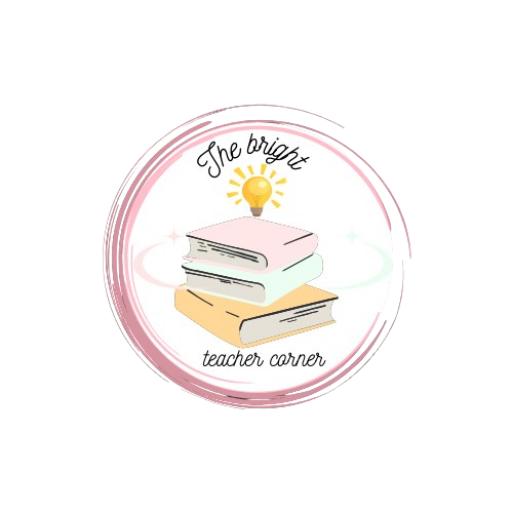Teaching first graders to understand what they read is essential. At this age, children are learning to read and grasp the meaning of words. In this blog post, we will explore how to teach reading comprehension to 1st graders effectively.
Understanding Reading Comprehension

Reading comprehension involves understanding, explaining, and analyzing what is read. It goes beyond just recognizing words; it requires making connections, imagining, and thinking critically about the text. First graders can improve their reading comprehension through engaging activities and effective teaching methods.
The Importance of Reading Comprehension
Reading comprehension is crucial for several reasons:
- School Success: Good reading skills support learning across all subjects.
- Life Skills: Understanding information is vital for daily tasks, from reading instructions to enjoying stories.
- Enjoying Reading: When kids comprehend what they read, they are more likely to develop a lifelong love for books.
Now we will answer your question how to teach reading comprehension to 1st graders?
Best way to teach reading to first graders

- Read Aloud
- Choose Fun Books: Select age-appropriate books that capture your students’ interest.
- Use Expression: Read with enthusiasm and use different voices for characters to make the story engaging.
- Ask Questions: Pause during reading to ask questions like, “What do you think will happen next?” This helps reinforce how to teach reading comprehension to 1st graders.
- Teach Vocabulary
- Introduce New Words: Highlight and explain new vocabulary during reading sessions.
- Word Games: Incorporate games like word matching or vocabulary bingo to make learning enjoyable.
- Use Visuals: Utilize pictures or props to clarify new vocabulary.
- Encourage Predictions
- Before Reading: Have students predict what the story might entail by examining the cover.
- During Reading: Prompt them to guess what will happen next based on text clues.
- Summarization
- Model Summarization: After reading, summarize the story and guide students in identifying main ideas.
- Use Graphic Organizers: Provide tools like story maps to help students organize their thoughts.
- Ask Open-Ended Questions
- Encourage Discussion: Pose questions that require thoughtful responses, such as, “Why do you think the character made that choice?”
- Facilitate Group Discussions: Allow students to share their ideas in small groups.
- Make Connections
- Text-to-Self: Encourage students to relate the story to their own experiences.
- Text-to-Text: Ask them to compare the story with another they’ve read.
- Text-to-World: Discuss how the story connects to the real world.
Fun ways to teach reading to first graders

- Story Mapping
- Create a story map to visualize elements like characters, setting, and plot. This is a great way to illustrate what is the best strategy for teaching reading.
- Role Playing
- Engage students in acting out stories to enhance understanding. Discuss character emotions and lessons learned afterward.
- Create a Class Book
- Writing a class book reinforces comprehension. Each student contributes a sentence, and they can illustrate their part.
- Incorporate Technology
- Use educational apps targeting reading comprehension skills and share videos of stories being read aloud.
- Set Up Reading Centers
- Include activities like reading comprehension games and independent reading. Rotating through centers keeps students engaged.
Tips for Parents and Teachers
- Establish a Reading Routine: Dedicate time each day for reading a mix of fiction and non-fiction texts.
- Be Patient and Encouraging: Celebrate small improvements and provide support when needed.
- Encourage a Love for Reading: Allow students to choose their own books and organize trips to the library.
Teaching reading comprehension to 1st graders is a rewarding journey. By employing effective strategies, enjoyable activities, and supportive practices, we can help young learners develop the necessary skills for success. Remember to be patient, encourage exploration, and celebrate their progress. With the right approach, we can instill a lasting love for reading, making it the best way to teach reading to first graders.
